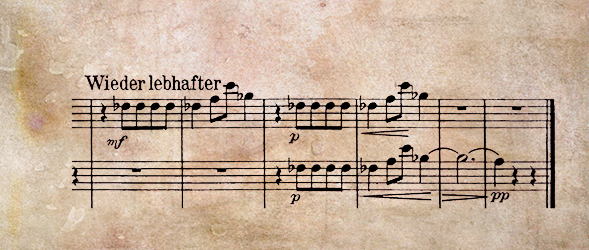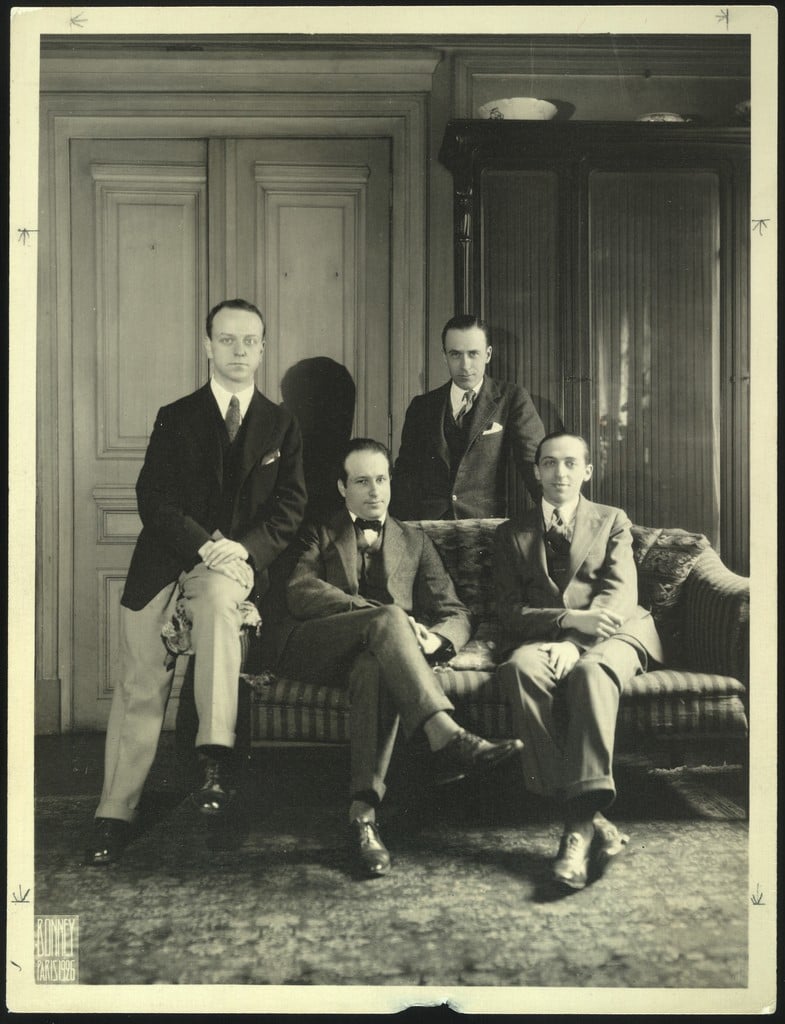
Title image is of American Composers (L to R): Virgil Thomson, Walter Piston, Herbert Elwell and Aaron Copland at Nadia Boulanger’s Paris home in 1925.
1925 News Highlights
- The Treaty of Locarno, a series of agreements between Belgium, France, Great Britain, and Germany, was signed, defining borders and aiming to preserve peace in western Europe.
- Benito Mussolini proclaims himself “Il Duce” (The Leader).
- The German Nazi party creates the Schutzstaffel (the SS), originally Hitler’s private security, later a separate, elite Nazi guard-force independent of the army. Also, Hitler’s Mein Kampf is published.
- Clarence Birdseye invents a process to create frozen food.
- Scottish engineer John Logie Baird, in London, builds the first television transmitter; it is first demonstrated in January, 1926.
- F. Scott Fitzgerald publishes The Great Gatsby.
- Chicago World’s Fair opens on April 18th.
- Tennessee outlaws teaching evolution. Soon teacher John T. Scopes is arrested, leading to the “Scopes Trial” after which he is found guilty and fined $100 (probably over a month’s wages).
- Walter Chrysler creates the Chrysler Corporation.
- Charles Chaplin’s The Gold Rush is released.
- The New Yorker weekly magazine starts publishing.
- American Josephine Baker makes her performing debut in Paris. She would become one of France’s most popular entertainers, a movie star and, during World War II, a resistance spy working for French Intelligence. She would receive many honors, including being named a Chevalier of the Legion of Honour.
- The Grand Ole Opry begins broadcasts from Nashville, Tennessee.
- Victor, Columbia and other phonograph and radio companies begin using a new electric microphone technology, revolutionizing recording and broadcasting.
- The musical No, No, Nanette opens in London and Broadway.
- Alban Berg’s Wozzeck has its first complete performance in Berlin. Aaron Copland finishes Music for the Theatre for chamber orchestra; George Gershwin writes Piano Concerto in F.
- Popular Music: “Five Foot Two, Eyes of Blue” by Sam M. Lewis, Joe Young and Ray Henderson; “If You Knew Susie” by B. G. De Sylva and Joseph Meyer; “Show Me the Way to Go Home” by Irving King; “Sweet Georgia Brown” by Ben Bernie, Maceo Pinkard & Kenneth Casey; “Tea for Two” by Irving Caesar and Vincent Youmans; and “Yes Sir, That’s My Baby” by Gus Kahn and Walter Donaldson.
In 1926, we have woodwind quintets written by Hermann Ambrosius, Max Butting, Jaroslav Kvapil, Kurt von Schwake, and Henri Tomasi.
Hermann Ambrosius
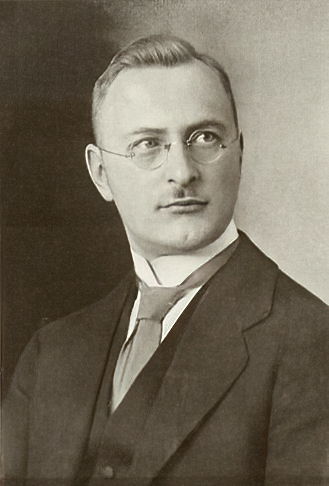
Suite in B Minor, Op. 57 (1925) was first published by Hofmeister in Leipzig in 1974. It was also later published in 1995 by Joachim Treke in Hamburg.
The Suite in B Minor is an eight-movement work about 13 minutes in duration. We know little about Ambrosius’s early career or about the creation of this work. There is an excellent recording by the Quintette à Vent du Conservatoire de Luxembourg on the Antes Edition label, recorded in the 1990s on CD. Several movements of this recording are available on YouTube.
Hermann Ambrosius (born July 25, 1897 in Hamburg; died October 25, 1983 in Engen) was a German composer first active in Leipzig and Chemnitz and then settling in Berlin, where he became a sound engineer at Mitteldeutsche Rundfunk AG (MIRAG) radio station (predecessor of MDR), and after 1926 as a teacher at the State Conservatory of Music in Leipzig. He joined the Nazi Party in 1933 and was drafted twice into the German army during World War II. After the war Ambrosius worked as a private music teacher, choir director, freelance artist and composer, at death leaving 500 works. He became well-known for his works for plucked instruments and ensembles.
In addition to his 1925 Suite, he also wrote Drei Fugen für Blas-Quintett (Three fugues for Wind Quintet), published in 1995, and also recorded by Quintette à Vent du Conservatoire de Luxembourg on the Antes Edition label. Although the fugues are well written and orchestrated, the Suite in B Minor is the more substantial work.
Max Butting
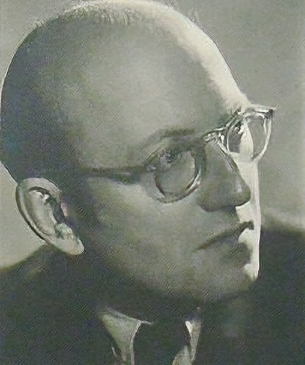
Ein Spiel, Op. 30 (1925) for woodwind quintet.
Online resources oddly tell us that this work was once published by Bärenreiter and even by the Israel Music Institute. But Butting was not Jewish and there’s no evidence he ever even visited Israel, so Israeli publication makes absolutely no sense (and the work is not part of their online catalog). Bärenreiter would make more sense, but this work is not in their current catalog.
A German composer, Max Butting (1888-1976) studied at Munich University from 1908 to 1914 and the Akademie der Tonkunst (Academy of Composition) in Munich. Butting’s father was in the iron industry and his mother was a piano teacher. Rejected for military service in World War I due to bad health, he returned to work in his father’s business in 1919 in Berlin, but became more and more active in composition. Like Paul Hindemith, he became interested in Gebrauchsmusik. He was one of the earlier composers to become active in composing for radio (then a new high-tech medium) and taught courses in radio composition for the Rundfunkversuchsstelle (the Radio Experimental Office) of the Berliner Hochschule für Musik.
When Adolf Hitler rose to power, the National Socialists were not fond of Herr Butting and his connection to leftist activities, and he retreated back to his father’s business, which he now partially owned, for survival during World War II. Resuming his composition career in East Berlin after the war, he received numerous awards from the East German government. Biographical information about Butting for this period is non-existent in English; and difficult to access even in German. A library catalog listing from the Stadtbibliothek Hannover states that Butting was a member of the Prussian Academy of the Arts until 1933; and in 1950 a co-founder of the German Academy of the Arts in East Berlin. His works include 10 symphonies, cantatas, string music, choirs, and one opera Plautus im Nonnenkloster (Plautus in the Nunnery).
In addition to his 1925 quintet, he also wrote Vier Satze (Four Movements), Op. 101, for woodwind quintet in 1960, but the publisher is unknown. There is also a Kleine Kammermusik for flute, English horn, violin and cello, Op. 70 (published in Halle by Mitteldeutscher Verlag in 1950), and a Clarinet Sonata, Op. 82, recorded in 1951. Another chamber work, La Serenata Gentile (Gentle Serenade) for flute, oboe, clarinet, bassoon and string quartet, was published in Frankfurt by C. F. Peters (as Litolff Nr. 5645) around 1950; and now available from Halle’s Mitteldeutscher Verlag (possibly part of a multi-volume set). There are also a couple of pieces for recorder.
Jaroslav Kvapil
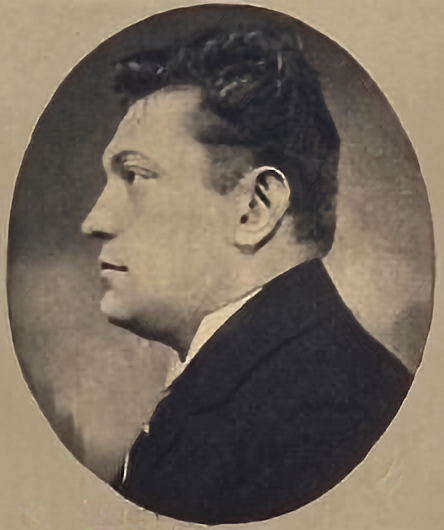
Quintett Nr. 1 in F Minor (1925), possibly unpublished.
Jaroslav Kvapil (born: April 21, 1892, Fryšták; died: February 18, 1958 in Brno) was a native-born Czech and became a national figure in Czechoslovakia, particularly in the city of Brno. He studied with Josef Nesvera in Olmiitz (1902-1906), with Leos Janáček at the Brno Organ School (1906-1909) and with Max Reger at the Leipzig Conservatory (1911-1913). After serving in the Austrian army during World War I, he spent most of his career (1919-1947) conducting choral and orchestral music at the Brno Beseda, Brno’s main concert hall. He was librettist for Janáček’s Rusalka.
Kvapil’s music reflects the influence of both Janáček and Reger, but it seems that, as a composer, he was not overly influenced by the modernist trends in the rest of Europe, even though he conducted several national premieres of such music. In addition to his 1925 Quintet, he wrote a Quintett Nr. 2 in 1935. Neither work appears to have been published, so we might need a Brno-based musicologist to dig up the scores and share them.
Kurt von Schwake
Quintett in F Major (1925).
Speaking of little-known composers, there is absolutely NO biographical info about Kurt Karl von Schwake (1890-?) available online. None. Zip. He also wrote a Sonate in A minor for viola and piano, and an Op. 1 for piano. That is the total sum of information I could find on him. He’s a good mystery for a musicologist looking for a challenge.
Henri Tomasi
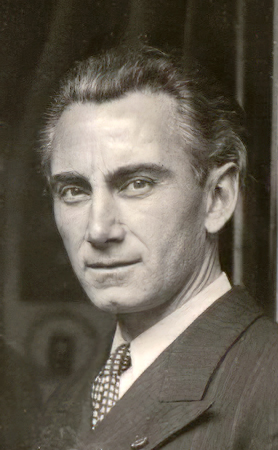
Variations sur un thème corse (1925) was published in Paris by Alphonse Leduc in 1938 and again in 2018.
The Variations sur un thème corse consists of a Corsican theme and 6 variations. Although born in Marseille, his parents were from Corsica, and young Tomasi visited his grandmother in Corsica in 1913 (and possibly on later trips) and heard many traditional Corsican songs, which later led to this composition. Although Tomasi had been writing and improvising music from a young age, these variations are considered his first complete composition, written while studying at the Conservatoire de Paris, which won the Prix Halphen. The quintet was recorded by le Quintette à Vent de l’Orchestre Philharmonique de Marseille in 1991, but there might have been earlier recordings.
Henri Tomasi (born August 17, 1901; died January 13, 1971) studied with flutist Philippe Gaubert at the Paris Conservatoire (Gaubert was a student of Paul Taffanel). He also studied with Vincent d’Indy, Georges Caussade, and Paul Vidal. During the 1930s he was one of the members (along with Prokofiev, Poulenc, Milhaud and Honegger) of the Parisian music society “Triton.” Also a conductor, Tomasi traveled to lead many of the world’s opera houses. He was also a pioneering conductor for radio, first with the Radio Colonial Orchestra in French Indochina (now Vietnam) and later with the Orchestre Radio Symphonique de la Radiodiffusion Francaise (back in France).
In 1939, Tomasi was drafted into the French Army and conducted the marching band at the Villefranche sur Mer fort (southwest of Monaco, which sounds like one of the nicest places to serve at that time). But he was discharged in 1940 and resumed his work with the French radio orchestra. In 1946 Tomasi became conductor of the Opéra de Monte Carlo, and guest conducted throughout Europe. He stopped conducting in 1957 because of physical problems, including deafness, but continued composing until his death on January 13, 1971.
Learn more about Henri Tomasi on his official website.
Other Works for Winds by Henri Tomasi
Tomasi also wrote quite a few other interesting works for winds, possibly making him the most successful composer of published wind music in this series:
Quintette à vent of 1952 was originally published by Henry Lemoine in Paris in 1952; and also available from Theodore Presser Co., in Bryn Mawr, Pennsylvania.
Cinq Danses Profanes et Sacres (1959) was published by Alphonse Leduc in 1963. The quintet score and parts are also available, in countries where the copyright has expired, from the International Music Score Library Project (listed under Arrangements and Transcriptions). (Tomasi also created an orchestra version in 1960.) Each movement was originally written for a solo instrument and piano before the composer arranged them for woodwind quintet. The work was dedicated to the Rejcliovo Decliové Kvinteto de Prague and recorded by the Woodwind Quintet of the Philharmonic Orchestra of Berlin on BIS-Records in 2009.
Printemps (Spring) (1963) for woodwind quintet and alto saxophone was published by Alphonse Leduc in 1967.
Jeux de Geishas, Suite Japonaise (1936) for woodwind quintet and percussion and string quartet. Printed in Paris by Editions Max Eschig (now part of Éditions Durand). It is a five movement work, lasting about 30 minutes. It appears to have been written for a radio broadcast of 1937.
Concert Champêtre (1939) for oboe, clarinet and bassoon. Published in Paris by Lemoine. The Concert Champêtre was dedicated to the Trio d’anches de Paris, which premiered the work in January, 1939, at a concert of the Triton Society. (See our Trio d’Anche page for many more works for oboe, clarinet and bassoon.)
Divertimento Corsica (1951) for trio d’anches and string orchestra with harp (or piano) was published by Alphonse Leduc in 1952.
La Moresca, wind octet was written in 1965 for oboe, 2 clarinets, 2 bassoons, horn, 2 percussionists and piano. Published in Paris by Henry Lemoine & Cie.
Tomasi wrote concertos for flute, oboe, clarinet, bassoon, saxophone, horn, trumpet and trombone. His Introduction et Danse is for clarinet and orchestra (or piano). He wrote a Sonatine Attique for solo clarinet in 1966. He also wrote Evocations for either solo oboe or saxophone.
In 2000, the Quintette à Vent de Marseille created the Institut Français des Instruments à vent, which sponsored the biennial Concours Internationale de Quintette à Vent “Henri Tomasi” and a summer music academy, which continued through 2015.
Credits
The image of Max Butting is from the MUBI database. Noise reduction and contrast adjusted for web display.
Image of Jaroslav Kvapil is from Wikipedia. Enlarged and adjusted for web display.
Image of Hermann Ambrosius is from Wikipedia, originally published in the Zeitschrift Neue Zeitschrift für Musik in December, 1926. Photographer was Ernst Hoenisch. Noise reduction and contrast adjusted for web display.
Photo of Henri Tomasi as a young man is from his website, https://www.henri-tomasi.fr/ .
Copyright © 2024 by Andrew Brandt
